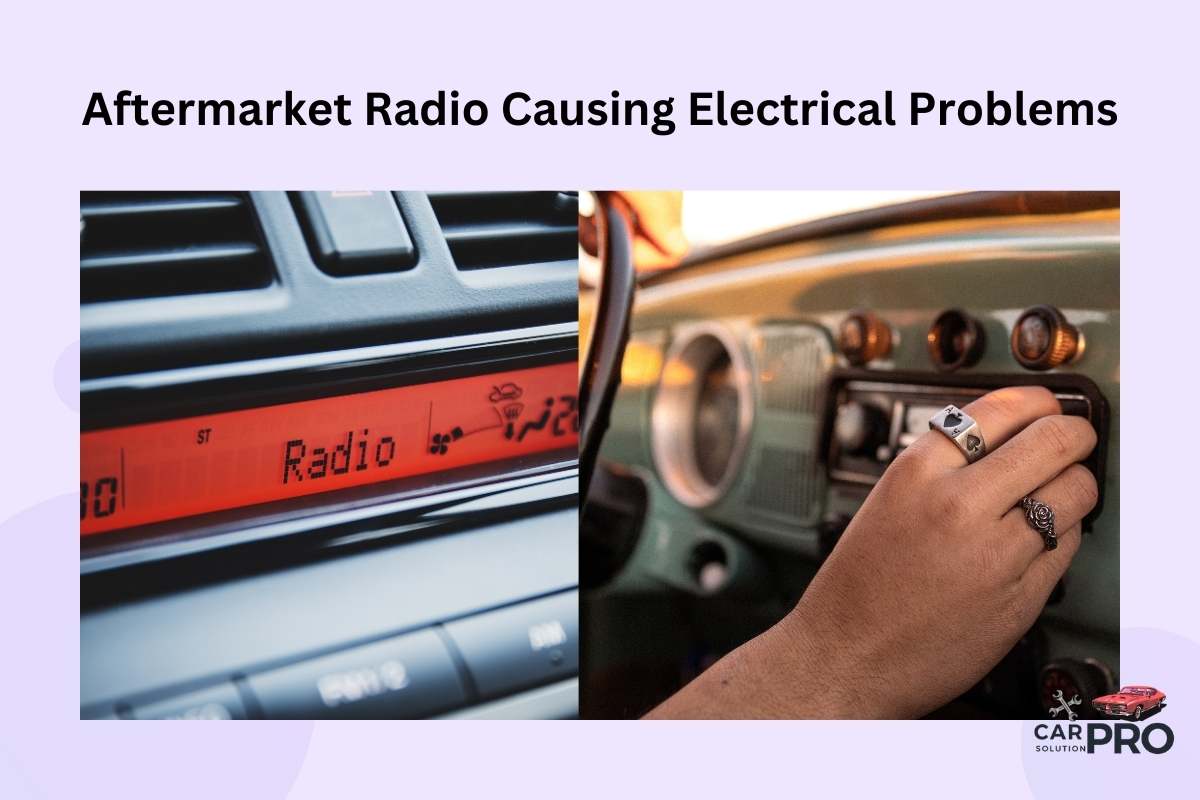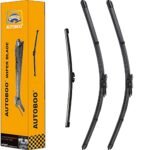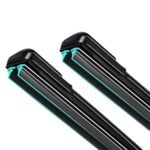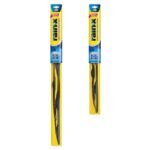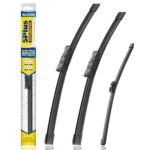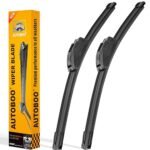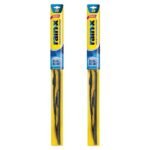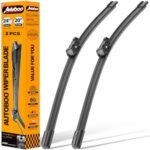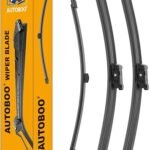Upgrading your car’s audio system with an aftermarket radio can be exciting. But sometimes these new radios cause unexpected electrical problems. Aftermarket radios can lead to issues like power drain, interference with other systems, and even check engine lights.
These problems often stem from incorrect installation or incompatibility with the car’s existing electrical system. Common issues include drawing too much power, poor grounding, and interfering with other electronic components.
Fixing these problems may require troubleshooting steps like checking fuses, connections, and wiring. In some cases, professional help might be needed to resolve more complex electrical issues.
Key Takeaways
- Aftermarket radios can cause electrical problems if not installed correctly
- Common issues include power drain, interference, and system malfunctions
- Professional installation and compatibility checks can prevent most problems
Understanding Aftermarket Radio Installation
Installing an aftermarket radio requires careful planning and execution. Proper installation ensures optimal performance and prevents electrical issues in your vehicle.
Compatibility Considerations
Before installing an aftermarket radio, check its compatibility with your vehicle. Different car models have unique electrical systems that may not work well with all radios. Research your car’s make and model to find a suitable aftermarket unit.
Look for radios that match your car’s voltage and amperage requirements. Some vehicles need special adapters or harnesses for proper integration. These connectors help maintain communication between the radio and other car systems.
Consider the size and shape of the radio. Ensure it fits in your dashboard without modifications. Many cars use standard sizes like single DIN or double DIN, but some require custom-fit units.
Importance of Proper Wiring
Correct wiring is crucial for a successful aftermarket radio installation. Poor connections can lead to various electrical problems, including power issues and interference with other car systems.
Use a wiring diagram specific to your car model. This helps identify the correct connections for power, ground, and speaker wires. Always connect the radio’s ground wire to a clean, unpainted metal surface in the car’s body.
Avoid splicing wires directly. Instead, use proper connectors or soldering techniques. This ensures secure connections and reduces the risk of shorts or loose wires.
Check all fuses after installation. Replace any blown fuses and verify that the radio’s power wire is connected to the correct fuse in your car’s fuse box.
Common Electrical Problems Caused by Aftermarket Radios
Aftermarket radios can lead to several issues in a car’s electrical system. These problems range from power drainage to interference with other electronic components.
Battery Drain Issues
Aftermarket radios can cause battery drainage. This happens when the radio draws power even when the car is off.
A poorly installed radio might not shut off properly. It keeps using small amounts of power, slowly draining the battery.
Car owners may find their batteries dead after leaving the vehicle parked for a few days. This issue is more common in older cars or with cheaper aftermarket radios.
To fix this, check the radio’s wiring. Make sure it’s connected to the right power source that turns off with the car.
Fuse Overloads and Short Circuits
Aftermarket radios can blow fuses due to incorrect installation or incompatible power requirements. This happens when the radio draws more power than the car’s system can handle.
Short circuits are another risk. They occur when wires touch each other or the car’s metal frame. This can cause sparks, blown fuses, or even fires in extreme cases.
To avoid these issues:
- Use the correct fuse size
- Insulate all wires properly
- Follow the manufacturer’s installation guide carefully
If fuses keep blowing, it’s best to have a professional check the installation.
Interference with Vehicle Electronics
Aftermarket radios can interfere with other car systems. This includes the Engine Control Unit (ECU) and other electronic components.
Signs of interference include:
- Strange noises from speakers
- Warning lights on the dashboard
- Issues with car features like power windows or central locking
The radio might send out electromagnetic signals that disrupt other systems. This is more likely with cheap or poorly shielded radios.
To reduce interference, use high-quality, shielded cables for installation. Place the radio away from sensitive electronic components if possible.
Troubleshooting Aftermarket Radio Electrical Issues
Fixing electrical problems caused by aftermarket radios takes careful testing and troubleshooting. The right tools and methods can pinpoint issues quickly. Proper wiring fixes often solve common problems.
Diagnostic Tools and Techniques
A multimeter is key for testing voltage and continuity in car audio wiring. Set it to DC voltage mode to check power and ground connections. The accessory wire should read 12V with the key on, while constant power stays at 12V.
A test light helps find live wires and good grounds. Touch the probe to wires or metal chassis parts. It lights up when current flows. This quickly spots power issues.
Wiring diagrams for the specific vehicle and stereo are crucial. They show proper connections and wire colors. Comparing the diagram to actual wiring finds mistakes.
Isolating the Problem
Start by checking fuses related to the radio circuit. Blown fuses point to short circuits or excessive power draw. Replace any blown fuses before further testing.
Disconnect other accessories like amplifiers or subwoofers. This narrows down the source of electrical issues. If problems stop, those add-ons may be faulty or improperly wired.
Test the radio outside the dash. Connect only power, ground, and speakers. If it works fine, look for interference from other car systems. Bad grounds or crossed wires in the dash can cause issues.
Resolving Wiring Issues
Double-check all connections against the wiring diagram. Look for loose, corroded, or improperly spliced wires. Repair or replace any suspect connections.
Use a proper wiring harness adapter made for the specific vehicle. This ensures correct connections and reduces errors. It also keeps the factory wiring intact.
Add an inline fuse on the main power wire close to the battery. This protects against short circuits. Use the fuse size specified in the radio’s manual.
Run a dedicated ground wire from the radio to clean, bare metal on the car’s chassis. Poor grounds cause many electrical gremlins in car audio.
Professional Installation vs. DIY
Installing an aftermarket radio can be done by professionals or as a DIY project. Each approach has its own benefits and risks that car owners should consider carefully.
Benefits of Professional Installation
Professional installers have the expertise and tools to properly install aftermarket radios. They can correctly wire the radio to avoid electrical issues. Pros know how to integrate the new radio with existing car systems.
Professionals can troubleshoot problems that arise during installation. They often warranty their work, giving car owners peace of mind. A pro install may cost more upfront but can prevent expensive electrical issues down the road.
Many installers have experience with a wide range of vehicle makes and models. This knowledge helps them anticipate and avoid common pitfalls for specific cars.
Risks of DIY Installation
DIY installation can lead to several electrical problems if not done correctly. Improper wiring is a common issue that can cause electrical shorts or drain the battery.
Inexperienced DIYers may damage other car systems during installation. This can result in costly repairs. Some risks of DIY installation include:
- Incorrect grounding
- Interference with the car’s ECU
- Activation of check engine lights
- Problems with other electrical features
Without proper tools and knowledge, DIYers might struggle to diagnose issues that come up. This can lead to frustration and potentially unsafe driving conditions if important systems are affected.
Preventive Measures and Best Practices
Taking the right steps when choosing and installing an aftermarket radio can help avoid electrical problems. Proper selection and installation are key to ensuring your new radio works well with your vehicle’s systems.
Choosing the Right Aftermarket Radio
Pick a radio that’s compatible with your car’s make and model. Look for radios with the correct power ratings for your vehicle. Check if the radio can communicate with your car’s ECM to prevent issues with automatic shut-off.
Consider radios from reputable brands known for quality and reliability. Read reviews from other car owners with similar vehicles. This can give you insights into potential problems.
Make sure the radio has the features you want without unnecessary extras that could cause compatibility issues. Some advanced features may require additional wiring or adapters.
Ensuring Quality Installation
Proper installation is crucial to prevent electrical problems. If you’re not confident in your skills, it’s best to hire a professional. They have the tools and know-how to do the job right.
Use a wiring harness adapter made for your specific car model. This helps ensure correct connections and reduces the risk of shorts or interference.
Double-check all connections before finalizing the installation. Make sure ground wires are securely attached to a clean metal surface. Use electrical tape or heat shrink tubing to insulate exposed wires.
Test all radio functions and other electrical components in your car after installation. This includes headlights, interior lights, and power outlets. Address any issues immediately to prevent long-term problems.
Frequently Asked Questions
Aftermarket radio installations can lead to various electrical issues. These problems often stem from improper wiring, battery drain, and interference with other car systems. Proper troubleshooting and installation techniques can help prevent or resolve these issues.
How can I troubleshoot battery drain issues after installing an aftermarket radio?
Check for loose connections or improperly grounded wires. Disconnect the radio and see if the battery drain stops. Use a multimeter to measure current draw when the car is off. Larger electrical issues unrelated to the radio may also cause battery drain.
What steps should I take if my aftermarket radio is not producing any sound?
First, check all connections to ensure they are secure. Verify that the correct wiring harness was used. Test the speakers individually to rule out speaker issues. Check for blown fuses in both the car and the radio itself.
Are there common installation mistakes that could lead to electrical problems with aftermarket radios?
Yes, common mistakes include improper grounding, connecting to the wrong power wires, and damaging existing wiring. Connecting the aftermarket radio directly to the stock radio’s power line can cause issues in many vehicles.
Can an aftermarket radio installation interfere with other vehicle electronics?
Yes, an improperly installed aftermarket radio can interfere with various car systems. It may cause issues with headlights, interior lights, and even trigger check engine lights. Proper installation and grounding are crucial to prevent these problems.
What are the recommended practices for wiring a new aftermarket radio to prevent electrical issues?
Use a vehicle-specific wiring harness adapter when possible. Solder and insulate all connections properly. Ensure the radio is correctly grounded to the car’s chassis. Avoid splicing into existing wires without proper knowledge of their functions.
Is there a difference in electrical problem risk between single DIN and double DIN aftermarket radios?
The risk of electrical problems is generally similar for both single and double DIN radios. The main difference lies in the physical installation rather than the electrical connections. Proper wiring practices are equally important for both types to prevent electrical issues.
When you purchase a product through Amazon links on carsolutionpro.com, we may earn a small commission at no extra cost to you. This helps support the site and keep our content free. As an Amazon Associate, we earn from qualifying purchases made through our links.
